George Kakarontzas
Competence Assessment as an Expert System for Human Resource Management: A Mathematical Approach
Jan 16, 2020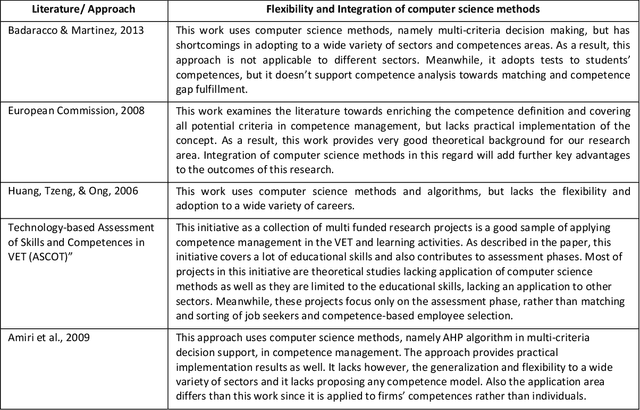
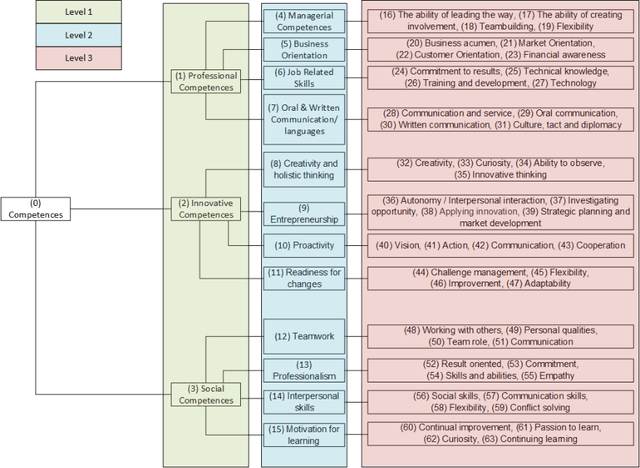
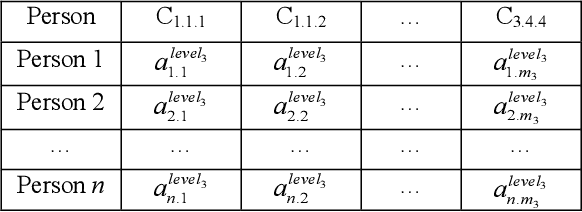
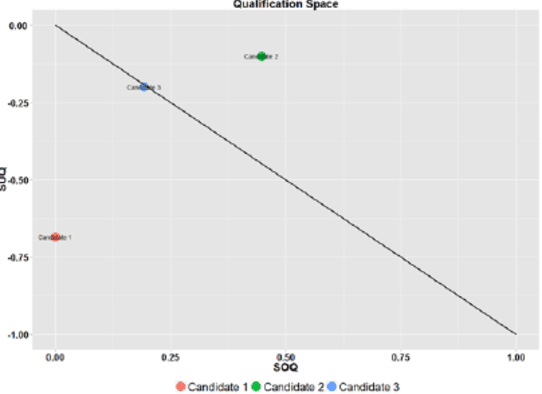
Abstract:Efficient human resource management needs accurate assessment and representation of available competences as well as effective mapping of required competences for specific jobs and positions. In this regard, appropriate definition and identification of competence gaps express differences between acquired and required competences. Using a detailed quantification scheme together with a mathematical approach is a way to support accurate competence analytics, which can be applied in a wide variety of sectors and fields. This article describes the combined use of software technologies and mathematical and statistical methods for assessing and analyzing competences in human resource information systems. Based on a standard competence model, which is called a Professional, Innovative and Social competence tree, the proposed framework offers flexible tools to experts in real enterprise environments, either for evaluation of employees towards an optimal job assignment and vocational training or for recruitment processes. The system has been tested with real human resource data sets in the frame of the European project called ComProFITS.
Open Source Software: How Can Design Metrics Facilitate Architecture Recovery?
Oct 10, 2011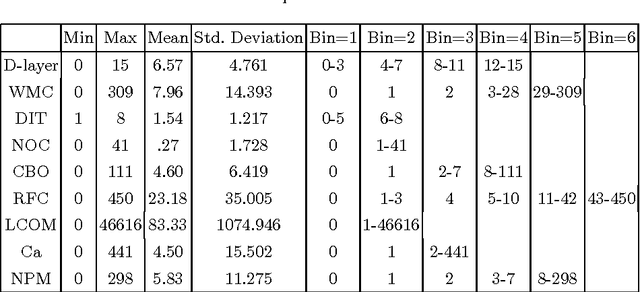
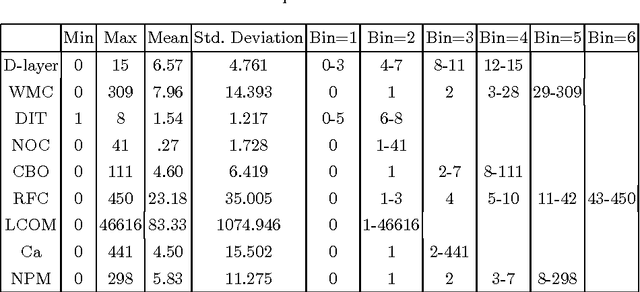
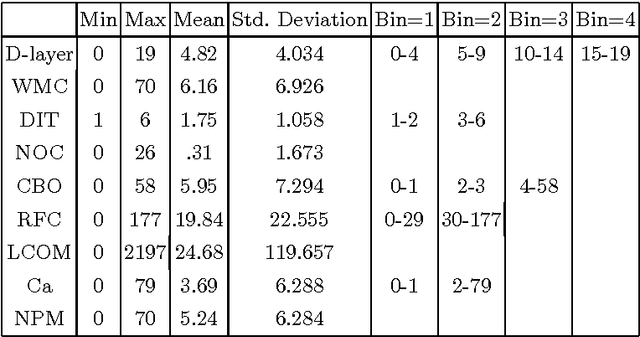
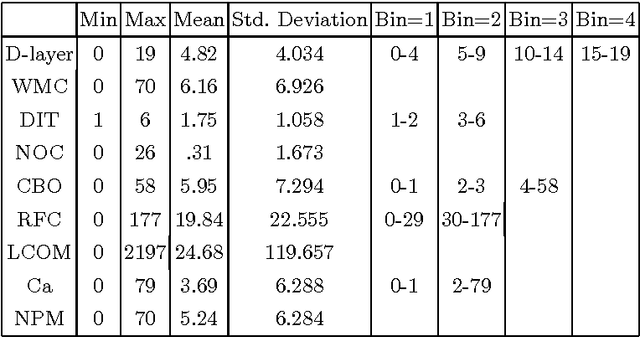
Abstract:Modern software development methodologies include reuse of open source code. Reuse can be facilitated by architectural knowledge of the software, not necessarily provided in the documentation of open source software. The effort required to comprehend the system's source code and discover its architecture can be considered a major drawback in reuse. In a recent study we examined the correlations between design metrics and classes' architecture layer. In this paper, we apply our methodology in more open source projects to verify the applicability of our method. Keywords: system understanding; program comprehension; object-oriented; reuse; architecture layer; design metrics;
 Add to Chrome
Add to Chrome Add to Firefox
Add to Firefox Add to Edge
Add to Edge